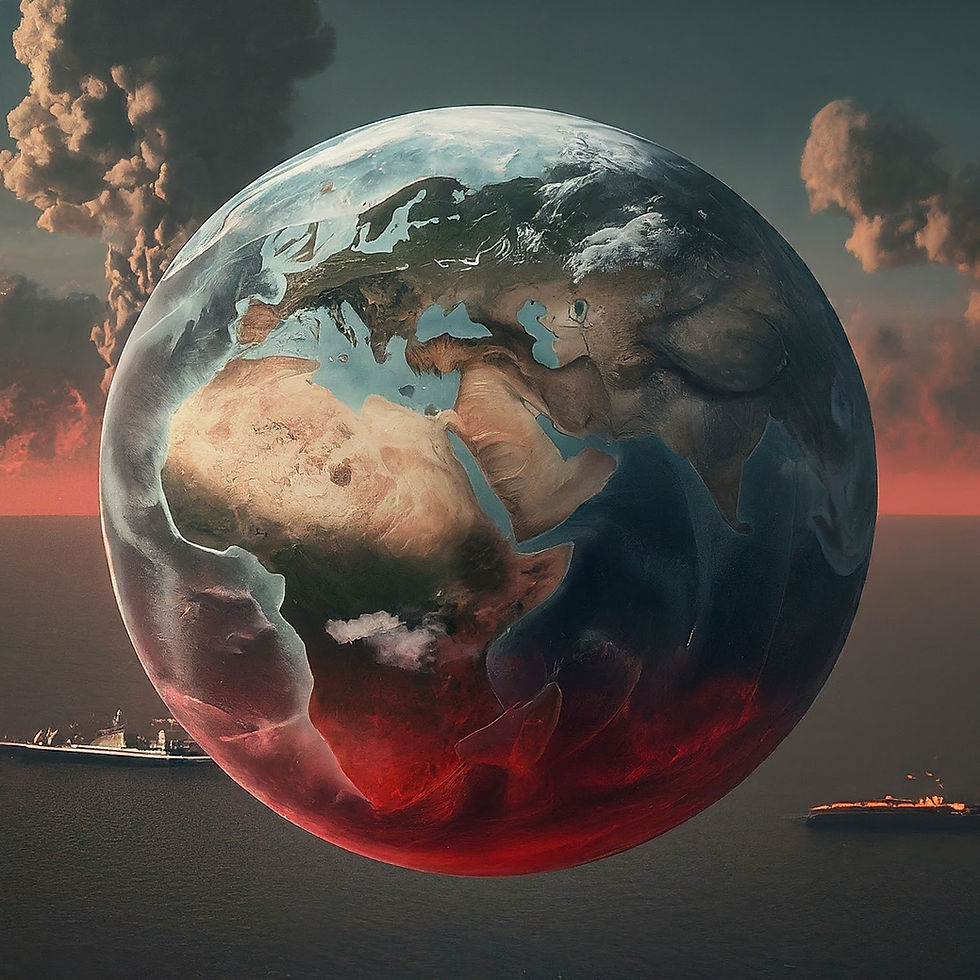Two Years of Conflict: Seeking Resolution and Rebuilding Resilience in Ukraine
- Vikhram S

- Feb 24, 2024
- 2 min read

Introduction:
Today marks two years since the outbreak of hostilities in Ukraine. This complex and deeply concerning situation has had a profound impact on the lives of millions both within the region and across the globe. This blog aims to provide a neutral and objective overview of the key developments, the current landscape, and potential avenues towards peace and reconstruction.
Key Developments:
Initial Escalation and Stalemate (February - April 2022) : Following a period of rising tensions, the conflict began with a military operation launched by one party against the other. While initial objectives were ambitious, both sides encountered significant resistance, leading to a stalemate in major urban centers.
Shift Towards Eastern Region (April - November 2022) : The focus of the conflict shifted to the eastern region, with territorial gains made by one party while the other continued to defend its positions. Throughout this period, diplomatic efforts aimed at de-escalation and ceasefire agreements continued.
Winter Stalemate and Ongoing Diplomacy (November 2022 - Present) : The conflict has largely settled into a static phase with sporadic offensives and ongoing dialogue amongst various stakeholders. While progress has been slow, the pursuit of peaceful solutions through negotiation remains a critical endeavor.
Current Landscape:
Protracted Stalemate : The military situation remains largely unchanged, with both sides entrenched in fortified positions. This has resulted in significant human suffering and ongoing economic hardship.
Humanitarian Crisis : Millions of individuals have been internally displaced or forced to flee as refugees, creating a multifaceted humanitarian challenge requiring sustained international support.
Global Repercussions : The conflict has had a widespread impact beyond the immediate region, affecting global food security, energy prices, and economic stability.
Pathways Forward:
Dialogue and Diplomacy : Continued engagement through diplomatic channels is crucial to explore potential solutions and avenues for de-escalation. All parties involved have a responsibility to actively participate in constructive dialogue.
Humanitarian Assistance : Addressing the immediate and long-term needs of those affected by the conflict requires sustained international support for humanitarian organizations and initiatives.
Sustainable Reconstruction : Rebuilding infrastructure, fostering economic recovery, and addressing social needs will be critical in ensuring a lasting and peaceful future for Ukraine.
Conclusion:
The two-year anniversary of the conflict serves as a stark reminder of the importance of seeking peaceful solutions and prioritizing the well-being of civilians. While the path forward may be challenging, a commitment to diplomacy, humanitarian assistance, and long-term reconstruction holds the key to a more peaceful and prosperous future for Ukraine and the wider region.








Comments